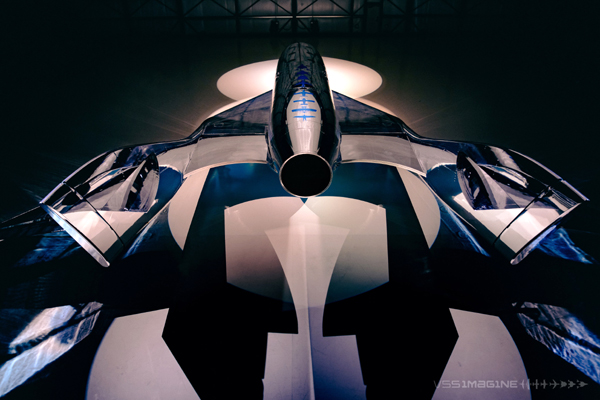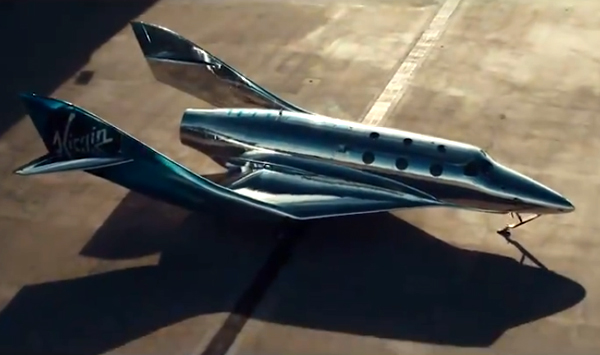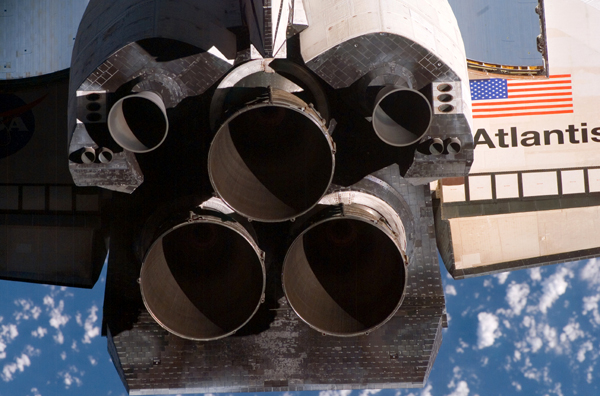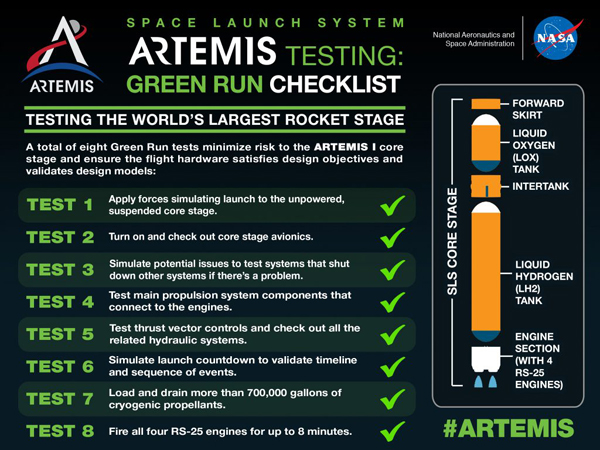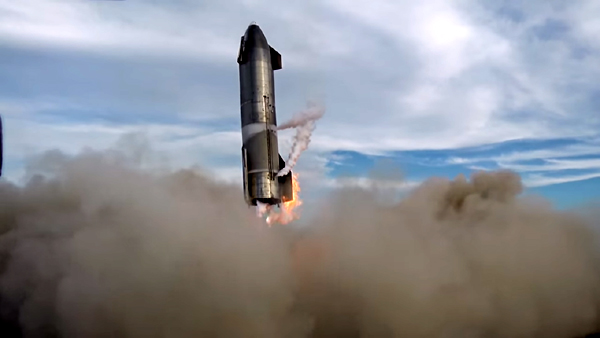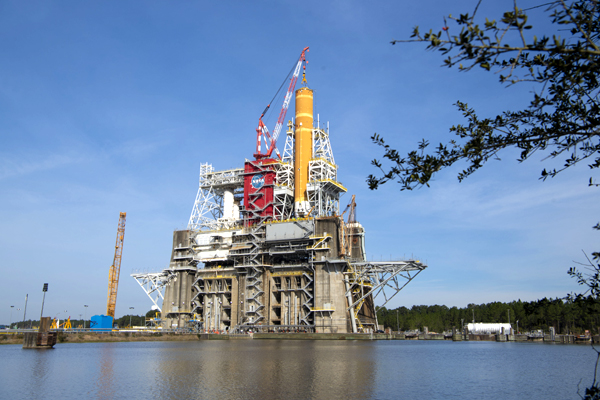
Sierra Nevada Corporation
Ozmens’ SNC Announces Details for Commercial Space Station and LEO Commercialization (Press Release)
Crewed Dream Chaser Spaceplane to Shuttle Private Astronauts
SPARKS, Nevada – Sierra Nevada Corporation (SNC), the global aerospace and national security company owned by Eren and Fatih Ozmen, outlined development plans for its low-Earth orbit (LEO) space station – leveraging its transportation and destination technologies – releasing new images, details and video of the unique concept in support of LEO commercialization.
The space station is a configuration of multiple large inflatable LIFE™ habitats that can be serviced by both cargo and crew-carrying Dream Chaser® spaceplanes.
“There is no scalable space travel industry without a spaceplane,” said SNC’s Chairwoman and owner Eren Ozmen. “Dream Chaser and its runway landing offer the scalable, preferred solution for humans and science in support of a vibrant LEO economy.”
SNC also released that a crewed Dream Chaser will be able to shuttle private astronauts and to serve as the only vehicle capable of rescuing astronauts from space destinations and returning them to Earth via a safe and speedy runway landing.
Among the industries that have demonstrated interest in space-based operations:
- In-space manufacturing such as 3D printing
- Pharmaceutical and medical research
- Agricultural production for food and science
- Movie production
- Tourism
The Dream Chaser, America’s Spaceplane®, is a reusable, multi-mission space utility vehicle. Dream Chaser Tenacity™ spaceplane and the Shooting Star™ transport vehicle will begin providing cargo delivery and disposal services to the International Space Station under NASA’s Commercial Resupply Services 2 (CRS-2) contract late next year.
The LIFE habitat is a three story, 27-foot large inflatable fabric environment that launches on a conventional rocket and inflates on-orbit. The LIFE habitat is undergoing a NASA soft-goods certification this year and the full-size ground prototype developed under NASA’s NextSTEP-2 contract is in the process of being transferred from Johnson Space Center in Texas to Kennedy Space Center in Florida for further testing on short-and long-term habitation. SNC’s Astro Garden® system also provides fresh food within the habitat.
“NASA has asked private industry to come to the table with alternatives to the International Space Station,” said Janet Kavandi former NASA astronaut and SSG executive vice president of SNC’s Space Systems. “SNC intends to lead in LEO commercialization, building on NASA’s efforts to date and welcoming additional public and private partners worldwide.”
The first Dream Chaser orbital vehicle is being assembled in Louisville, Colorado. Thermal protection tiles are being installed on the vehicle's exterior and its wings will be attached this summer.
Source: Sierra Nevada Corporation
****
“SNC intends to lead in LEO commercialization, building on NASA’s efforts to date and welcoming additional public and private partners worldwide” says @janetkavandi #FutureofSpace #Space pic.twitter.com/UUoNu0YYkl
— Sierra Nevada Corporation (@SierraNevCorp) March 31, 2021

